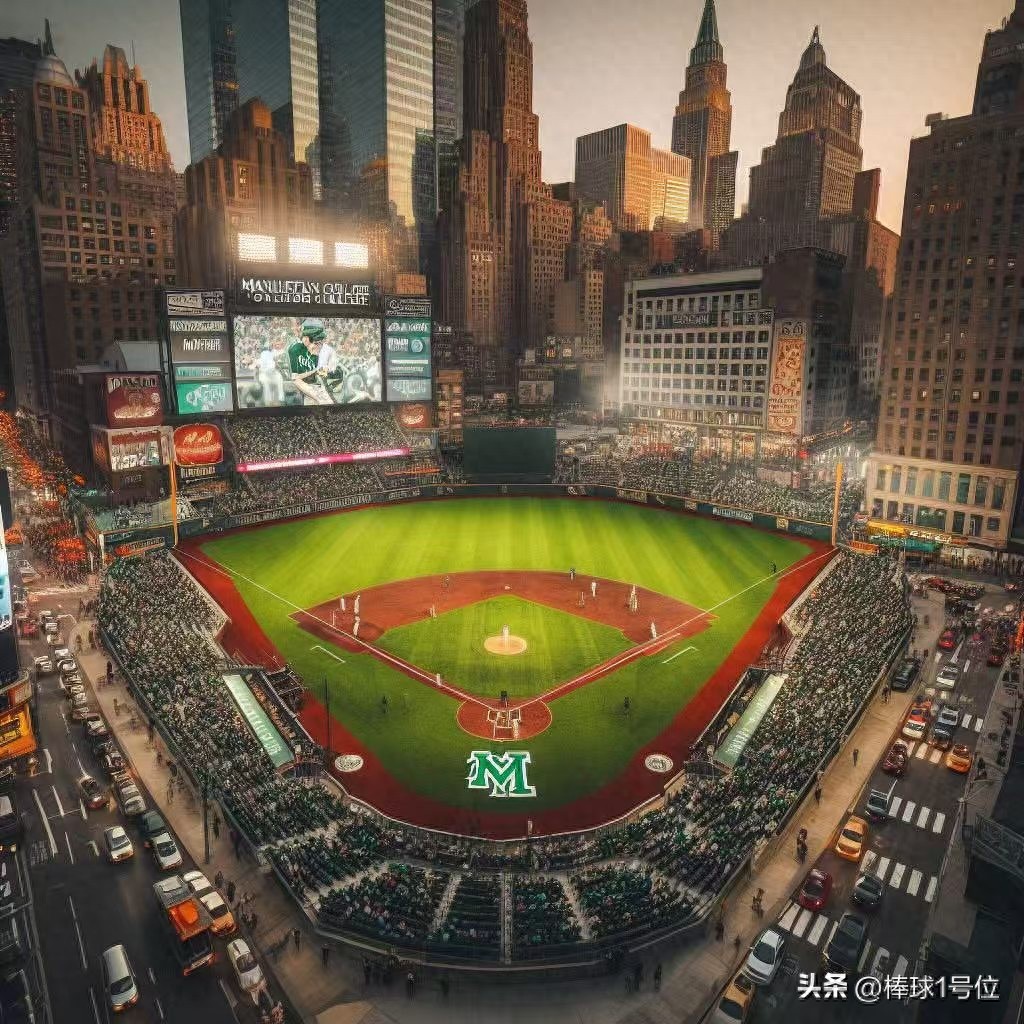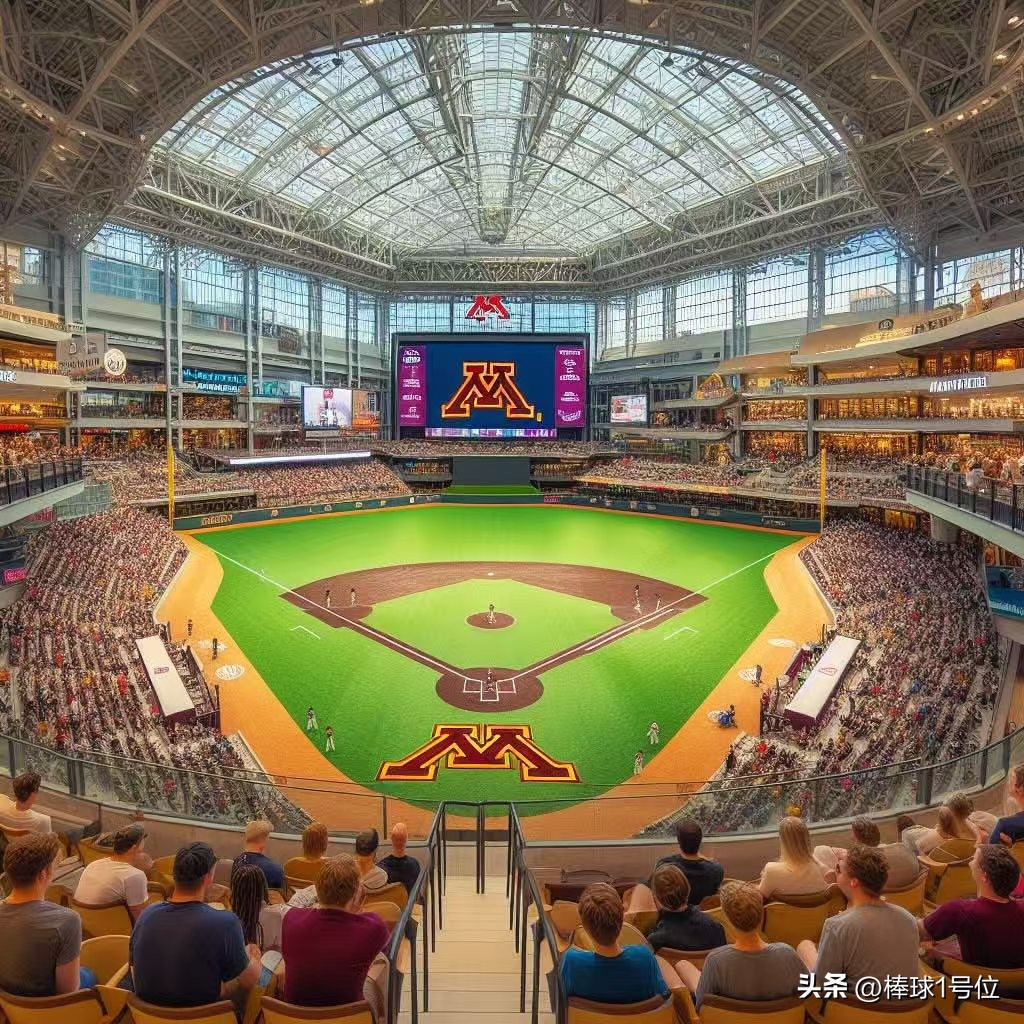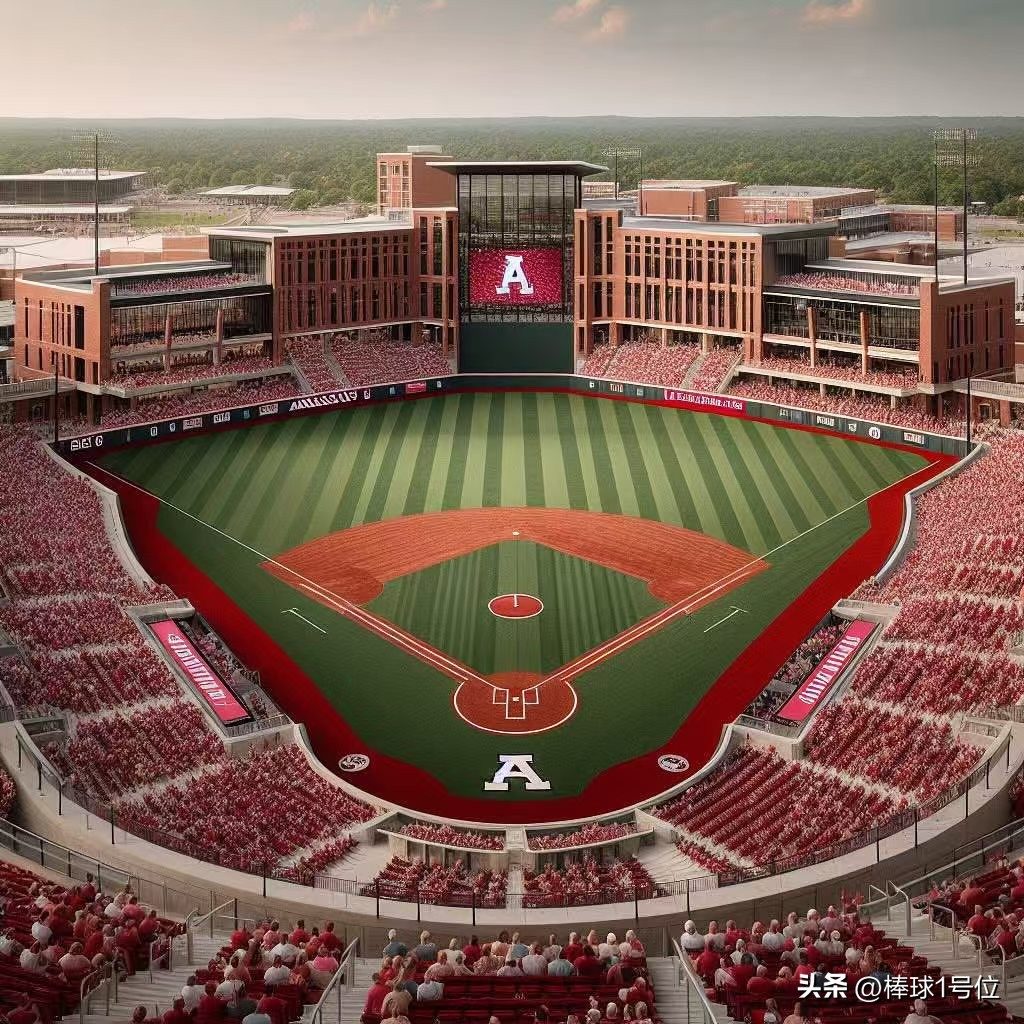Why is Chinese baseball tepid, baseball No. 1 position
Why is baseball developing slowly in China? Why Is Baseball Growing Slowly in China?

Core Challenges | Key Barriers
Cultural Perception Differences | Cultural Gap
United States: Baseball is the "national sport" and is deeply rooted in family and community cultures (e.g., the "father-to-son" tradition).
China: The public is more familiar with basketball, baseball rules are complex + equipment cost is high, and it is difficult to popularize.
Inadequate infrastructure | Lack of Infrastructure
United States: 55,000+ baseball stadiums, community leagues for the entire population.
China: There are less than 200 professional baseball stadiums, concentrated in first-tier cities.
Weak professionalization system Immature Pro System
United States: MLB (30 teams) + minor leagues (120+ teams) + independent leagues, providing a complete promotion path.
China: The professional league (CNBL) has only 6 teams, and the commercialization and media exposure are low.
Absence of an education system | School Program Gaps
United States: More than 500,000 participants in high school baseball and 48,000 scholarships from the NCAA.
China: Baseball courses in primary and secondary schools are scarce, and students with sports specialties have limited options for further education.

️ Game-Breaking Guide | Solutions Inspired by the US
Localization Strategy | Localized Approaches
✅ "Lightweight" promotion
Simplify the rules (e.g., softball baseball), lower the equipment threshold, and promote campus fun games.
Case study: Japan's "Kusanoball" culture drives national participation.
✅ IP creation and entertainment
Linkage with film and television/variety shows (referring to the influence of "Baseball Heroes" on Japan), and launch baseball-themed comic exhibitions and e-sports games.
✅ Coordinated investment between government and enterprises
The government plans community baseball parks, and companies sponsor urban amateur leagues (such as the "Panda Cup" model).

Lessons learned U.S. Model Insights
Community-based youth training system
Establish a "Little League" style community youth team, with parents involved in the operation, to cultivate family loyalty.
Data-driven material selection
MLB's Scout Score system (evaluation of ball speed/hitting accuracy, etc.) was introduced to scientifically screen potential stocks.
University alliance empowerment
Promote the live broadcast of the "College Baseball Championship" and replicate the circle-breaking effect of the NCAA's "March Madness".

Short-term recommendations for action | Quick Wins
1️⃣ Urban Pilot Program
In Chengdu/Wuxi and other cities with a good baseball foundation, establish a "5km baseball life circle" (stadium + training + events).
2️⃣ Celebrity Player Endorsements
Invite MLB Chinese players (such as Zhang Yucheng) to serve as promotion ambassadors to create inspirational characters.
3️⃣ Cross-border co-branded marketing
Baseball equipment brands x Guochao IP (such as Li Ning x Forbidden City co-branded bats) have attracted the attention of Generation Z.

⚾ Long-term vision | Long-Term Vision
2025 goal: 100,000+ teenagers to participate in baseball training and broadcast CNBL.
2030 goal: the first Chinese MLB All-Star player will be born, and the baseball class penetration rate in primary and secondary schools will exceed 30%.
Let’s turn baseball into a HOME RUN in China!


Wonderfulshortvideo
why is this so satisfying?


Hyeseong Kim, human highlight reel!


Shohei Ohtani's 102 mph pitch is the fastest by a Dodger this season. 😳


One Piece x Dodgers, the collab we never knew we needed. 😍


There’s a new team atop the AL East standings 👀


Shohei starts the game with a homer!


DJ LeMahieu wasn’t expecting Juan Soto to attempt to throw him out 😅








 Links
Links
 Contact
Contact
 App
App


